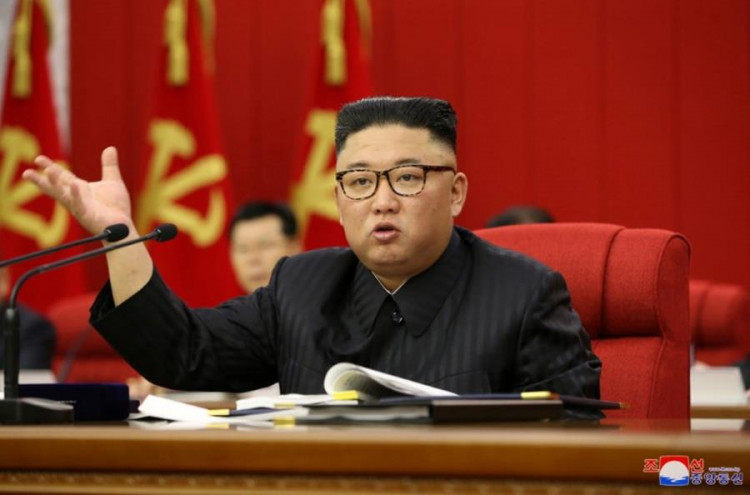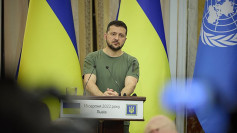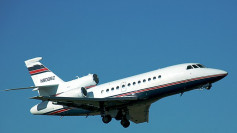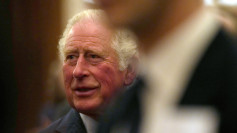North Korea announced a successful test launch of a new intermediate-range hypersonic missile, a development hailed by leader Kim Jong Un as a critical step toward advancing the country's military capabilities. The test, conducted on Monday near Pyongyang, was reported by the state-run Korean Central News Agency (KCNA) on Tuesday and has drawn international condemnation, skepticism, and heightened concerns over regional security.
The missile reportedly traveled approximately 932 miles at 12 times the speed of sound, reaching an altitude of 62 miles before descending to a second peak of 26.4 miles. It then maneuvered to hit a target in the waters off North Korea's east coast. Kim, who oversaw the launch, described the weapon as "a linchpin of strategic deterrence" and emphasized its potential to "effectively penetrate any dense defense barrier."
"This is clearly a plan and effort for self-defense, not an offensive plan and action," Kim said, according to KCNA. He asserted that the hypersonic missile could deliver "a serious military strike to a rival while effectively breaking any dense defensive barrier."
South Korea's military, however, cast doubt on the claims, stating the missile's range was likely closer to 683 miles and that no second peak was detected during its flight. The Joint Chiefs of Staff (JCS) in Seoul acknowledged potential technological advancements but described parts of the KCNA report as exaggerated. "North Korea appears to have made some progress in hypersonic weapons, but the reported capabilities remain unverified," said a JCS spokesperson.
Hypersonic missiles, which travel at speeds exceeding Mach 5 and possess the ability to maneuver unpredictably, are difficult to intercept and represent cutting-edge military technology. Analysts noted that the successful integration of such technology would place North Korea alongside nations like the United States, China, and Russia, which are currently leading in this field.
"What's so alarming about this missile is that this technology is currently possessed only by a few nations," said Yang Moo-jin, president of the University of North Korean Studies in Seoul. "Achieving such speeds requires materials that can withstand extreme conditions, making this a significant development if the claims are accurate."
Concerns over potential Russian involvement in North Korea's technological advancements have grown amid reports of military cooperation between the two nations. South Korean intelligence has previously suggested that Russian assistance could be aiding Pyongyang's weapons programs. A mutual defense agreement signed between North Korea and Russia last year, coupled with allegations of North Korean support for Moscow's war in Ukraine, has raised fears of an escalating arms exchange.
The missile test occurred as U.S. Secretary of State Antony Blinken was visiting South Korea and Japan, key American allies in the Pacific. Blinken condemned the launch as "yet another violation of multiple U.N. Security Council resolutions" and criticized North Korea's continued military ties with Russia. He reaffirmed the United States' commitment to regional security.
The latest test marks North Korea's first missile launch of 2025 and follows a series of weapons tests in recent years, including intercontinental ballistic missiles (ICBMs) and medium-range rockets. In November, Pyongyang tested its most advanced solid-fuel ICBM, highlighting its focus on developing next-generation projectiles that are harder to track and intercept.
The international community remains divided on how to address North Korea's growing arsenal. While the U.N. Security Council has imposed numerous sanctions on Pyongyang, enforcement has been inconsistent, and diplomatic efforts to curb the country's weapons programs have largely stalled.
South Korea's JCS announced plans to conduct a detailed analysis of the test in coordination with the United States. Despite skepticism over some of North Korea's claims, the test underscores Pyongyang's intent to continue pushing the boundaries of its missile capabilities.






